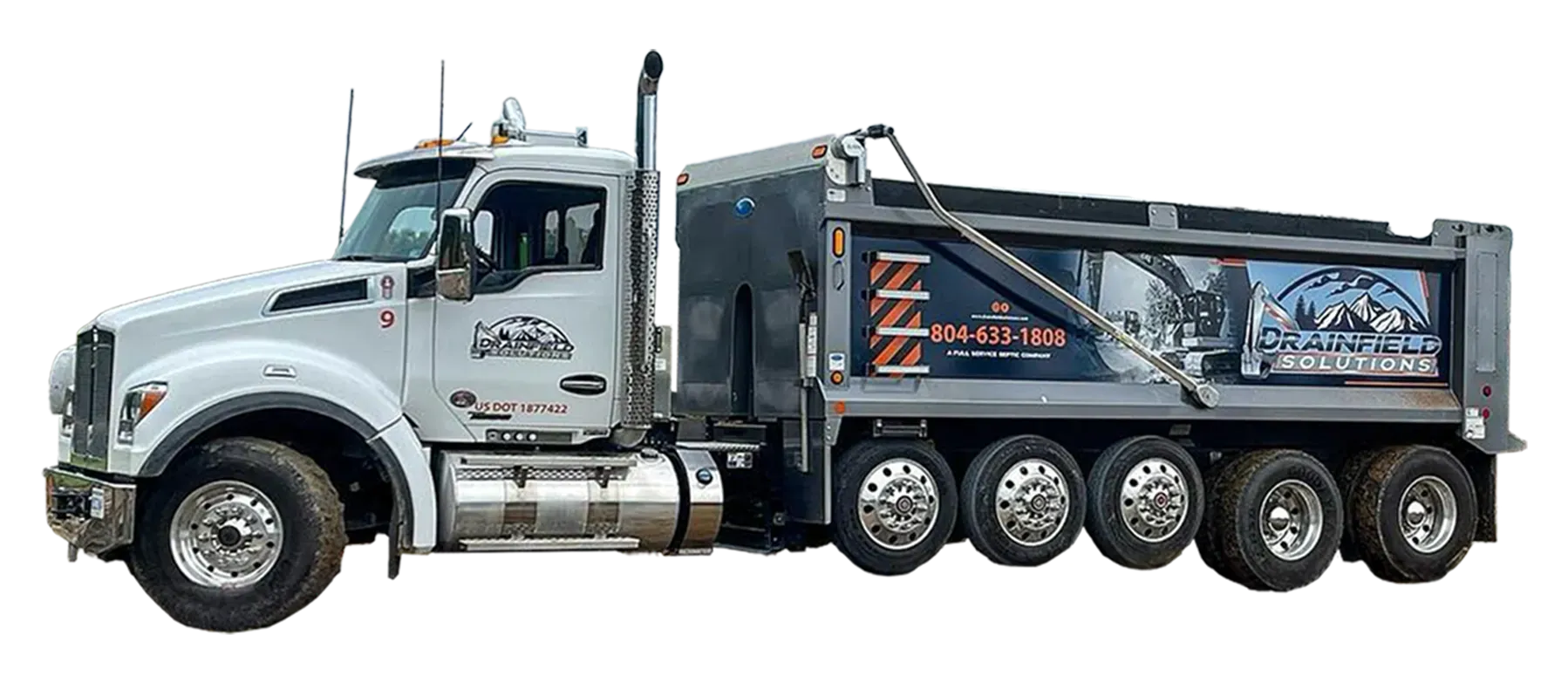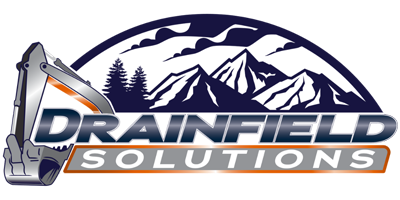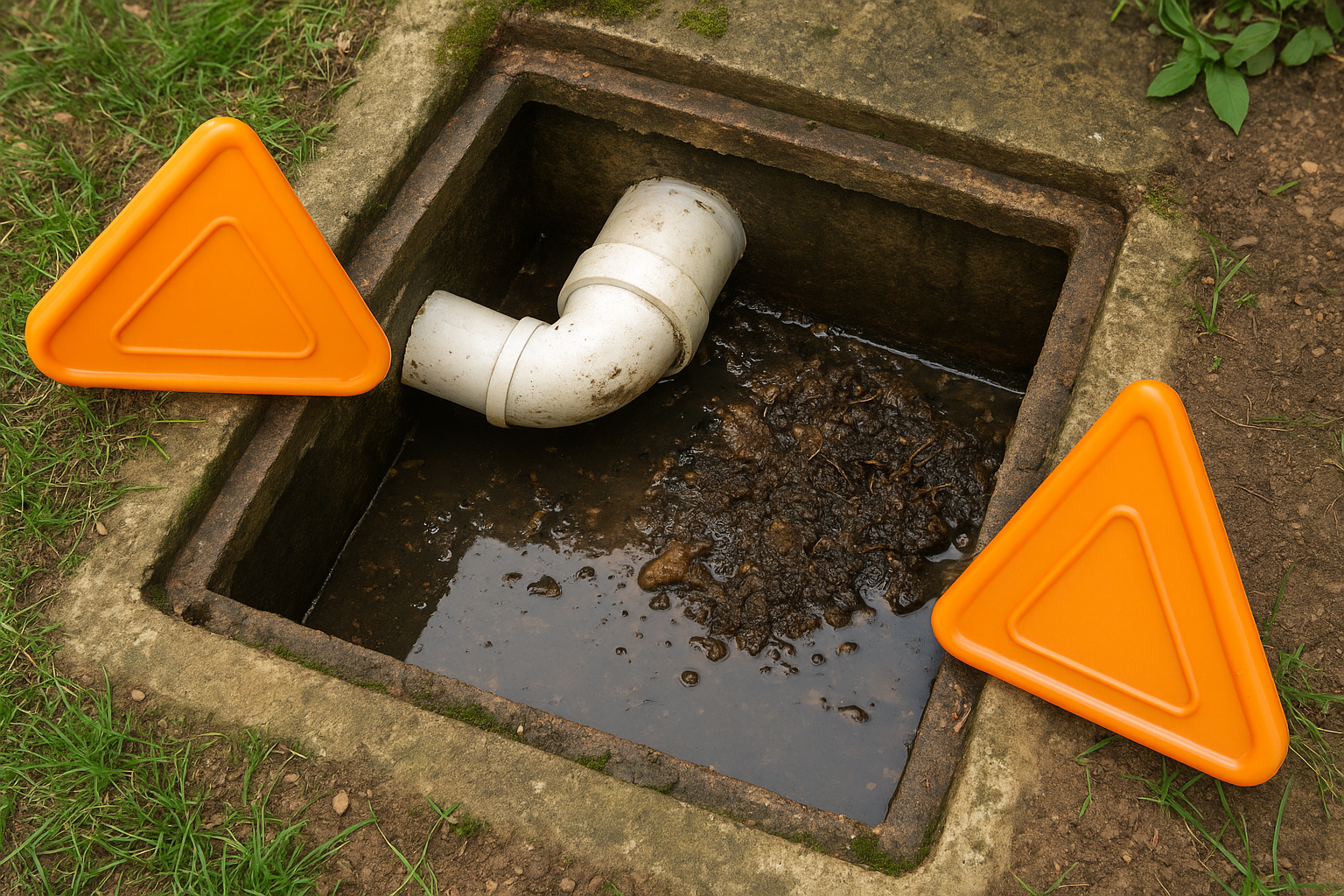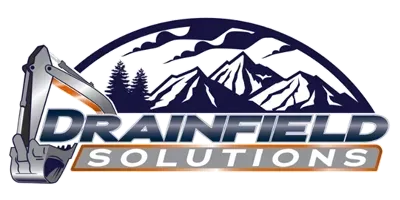
Troubleshooting Uneven Distribution in Your Drainfield: Balancing the Flow for a Healthier Septic System
February 27, 2025
Your drainfield is like the grand finale of your septic system—taking everything your household throws at it and ensuring wastewater is treated and absorbed safely. But when that grand finale turns into a bit of a disaster (think soggy spots, sewage smells, or water backing up into your home), uneven distribution might be to blame. Don’t panic, though! Uneven distribution is common, and with the right approach, you can get things flowing smoothly again.
At Drainfield Solutions, we’ve been tackling these issues for nearly two decades, so let’s dig into how to troubleshoot uneven distribution in your drainfield. And yes, we’ll keep it fun and informative—because who says septic talk has to stink?
What Causes Uneven Distribution in a Drainfield?
Uneven distribution happens when wastewater doesn’t spread evenly across your drainfield, leading to oversaturation in some areas and underutilization in others. Here’s what might be throwing things off:
1. Distribution Box Drama
The distribution box (D-box) is the star of the show, directing wastewater evenly to all the pipes in your drainfield. If it’s damaged, clogged, or unlevel, it can throw the whole system out of balance.
2. Collapsed Pipes
If any portion of the drainfield pipes has collapsed, water flow will be interrupted, leaving some areas overworked and others underused.
3. Depth Issues
If trenches are dug too deep, wastewater might not percolate into the soil properly, causing pooling and uneven flow.
4. Clogs and Blockages
Clogging in lateral lines or drain pipes can prevent wastewater from moving as it should, leading to backups or standing water.
5. Groundwater Interference
High groundwater levels can saturate the soil, leaving nowhere for the wastewater to go.
Uneven distribution can be frustrating, but the good news is there are plenty of ways to troubleshoot and fix it.
Signs Your Drainfield Is Struggling
Before diving into solutions, let’s make sure uneven distribution is the culprit. Look for these clues:
- Ponding: Water pooling above the drainfield, creating puddles that don’t dry.
- Soggy Spots: Mushy ground where wastewater is oversaturating the soil.
- Slow Drains: If sinks, tubs, and toilets are all sluggish, it could point to drainfield trouble.
- Unpleasant Odors: Foul smells near the drainfield or D-box area are a red flag.
How to Troubleshoot Uneven Distribution
Let’s roll up our sleeves and get to work. Here’s a step-by-step guide to diagnosing and fixing uneven distribution in your drainfield. Don’t forget- it’s always a good idea to call in the experts since they are well versed in all things drainfields.
1. Inspect the Distribution Box
Start with the D-box—it’s often the source of uneven flow.
- Look for Damage: Check for cracks or structural issues that could disrupt flow.
- Check for Clogs: Clear any debris or buildup inside the box.
- Install Levelers: Use levelers to adjust flow rates and ensure wastewater is distributed evenly to all pipes.
If your D-box is beyond repair, replacing it might be the best solution.
2. Perform a Dye Test
A dye test is a great way to identify surfacing effluent or other signs of uneven distribution.
- Add dye to the system and watch for it appearing in areas it shouldn’t—like puddles or saturated spots above the drainfield.
- This test helps pinpoint exactly where wastewater isn’t being absorbed properly.
3. Check for Collapsed Pipes
Collapsed pipes can stop wastewater in its tracks, creating backups and uneven flow.
- Look for signs of blockage or damage in the pipes.
- If you find any collapsed sections, replace them promptly to restore proper flow.
4. Consider Jetting the Lines
If clogging is causing the issue, jetting might be the solution.
- Jetting uses hot water and chemicals to clear out blockages in lateral lines, restoring flow and balance to your system.
- Professional jetting services can safely remove debris and keep your pipes functioning properly.
5. Aerate the Soil
Compacted soil can block percolation and contribute to uneven distribution.
- Use aeration techniques to loosen the soil around your drainfield, improving water absorption.
- Aeration can also help reduce biomat buildup, which can clog the soil over time.
6. Verify the Filter
Your septic system likely has a filter on the discharge pipe, which helps prevent solids from reaching the drainfield.
- Check the filter for clogs or damage and clean it regularly.
- A dirty or missing filter can send solids into the drainfield, causing blockages and uneven distribution.
7. Assess Drainfield Depth
If trenches are too deep, wastewater might not reach the soil surface where it can properly percolate.
- Measure the depth of your drainfield trenches and compare it to recommended guidelines for your area.
- If necessary, regrade or adjust the trench depth with professional help.
8. Address Groundwater Issues
High groundwater levels can flood your drainfield, making it impossible for wastewater to disperse properly.
- Redirect water away from the drainfield using proper grading or French drains.
- Avoid using the system during heavy rains or flooding to prevent oversaturation.
Preventing Uneven Distribution in the Future
Once your drainfield is back in balance, follow these tips to keep it that way:
- Regular Maintenance: Schedule routine septic system inspections and cleanings to catch problems early.
- Monitor Usage: Avoid overloading your system by spreading out water-heavy activities.
- Protect the Area: Limit foot and vehicle traffic over the drainfield to prevent compaction or pipe damage.
- Mind the Landscaping: Avoid planting trees or shrubs with invasive roots near the drainfield.
- Maintain the Filter: Clean or replace the discharge pipe filter regularly to keep solids out of the drainfield.
Why Choose Drainfield Solutions?
When it comes to troubleshooting uneven distribution, Drainfield Solutions has your back. Since 2005, our family-owned and operated business has been helping homeowners tackle septic system issues with expert care and personalized solutions.
Here’s what sets us apart:
- Comprehensive Inspections: We’ll identify the root cause of the problem and recommend effective solutions.
- Expert Repairs: From D-box adjustments to pipe replacements, we’ve got the tools and skills to get your system back in balance.
- Preventive Maintenance: We’ll help you create a care plan to keep your drainfield healthy for years to come.
Get Your Drainfield Flowing Smoothly Again
Don’t let uneven distribution disrupt your septic system. Call Drainfield Solutions today at 804-633-1808 or visit our contact page to schedule an inspection or consultation.
Share Post
Latest Posts
Ready to Take the Next Step?
Whether you're in need of a system inspection or regular maintenance, Drainfield Solutions is here to help. Get in touch today for reliable service you can trust.






